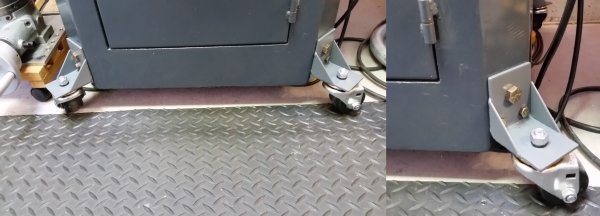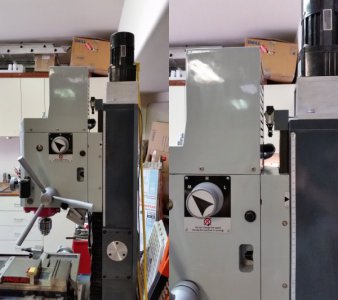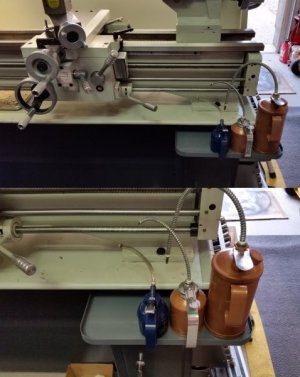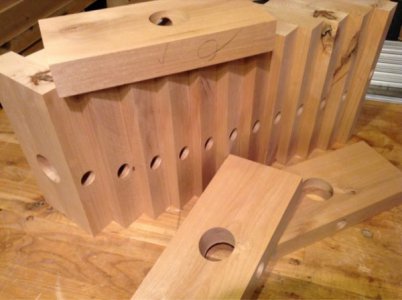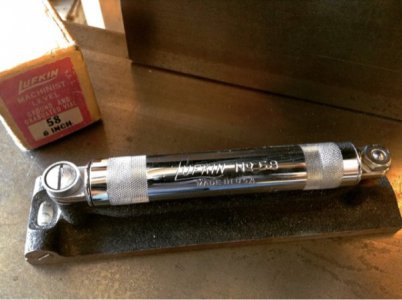- Joined
- Feb 1, 2015
- Messages
- 9,639
The big advantage of Tom Lipton's method for cutting metric threads is not having to worry about the lathe coming to a stop when threading to a shoulder. In my case, my minimum spindle speed is 150 rpm which is .4 sec/rev. My reflexes are still fairly good so I can disengage the half nuts in a rev. or less. If I power down the lathe, I have about 3 revs. before it stops.
One trick that I use when threading to a hard shoulder is to loosen the drive belt. There is enough torque transmitted to cut the thread but if I hit the shoulder, the drive will stall and I will not damage the lead screw. I set the carriage stop so the carriage hits just short of contact with the shoulder.
One trick that I use when threading to a hard shoulder is to loosen the drive belt. There is enough torque transmitted to cut the thread but if I hit the shoulder, the drive will stall and I will not damage the lead screw. I set the carriage stop so the carriage hits just short of contact with the shoulder.


